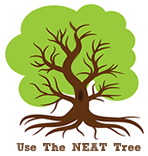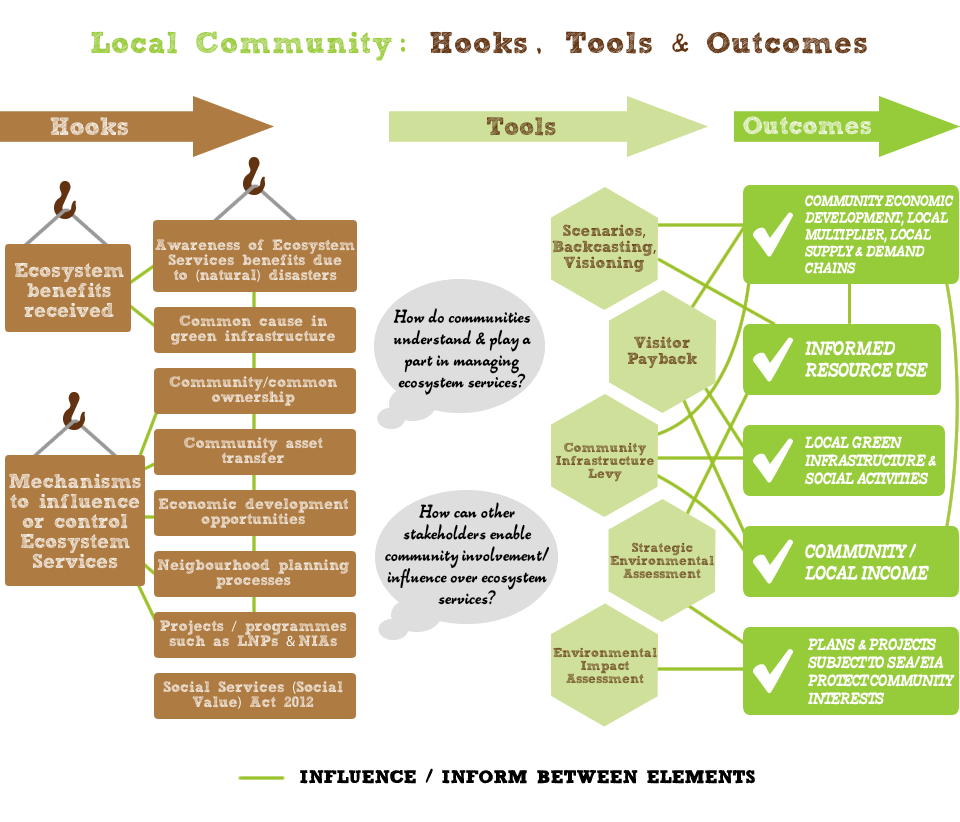
Why use the NEAT Tree when working with Local Community interests?
- To move out of our Local Community silos and start to view the environment and nature more holistically
- To look at the bigger picture (place, people and environment) within which a particular policy, plan, project or programme (PPPP) is set, recognising interrelationships and dependencies
- To identify opportunities to embed nature within decision-making processes to improve growth and development interests
- To secure greater certainty for investment because more complex and longer-term outcomes are clearer and agreed from the start

Reasons to apply the Ecosystem Approach
Maximising community participation and engagement
Consultation and engagement with the local community is a statutory requirement within the National Planning Policy Framework (NPPF), in particular in developing Local Plans. This provides a gateway for community groups to actively consider and/or value ecosystem services in the local area. Consultation processes need to be well-designed and implemented to ensure that communities are familiar with ecosystem services and feel confident to discuss them.
Ownership and/or management of community assets
The Localism Act (2011) provides a shift of power towards local communities in several ways: asset transfer; community management or ownership; community economic development; neighbourhood plans; and community involvement in Local Nature Partnerships (LNPs) and Nature Improvement Areas (NIA).
The Public Services (Social Value) Act (2012) also imposes obligations on service providers to recognise how they services impact and benefit the social and economic well-being of local communities.

